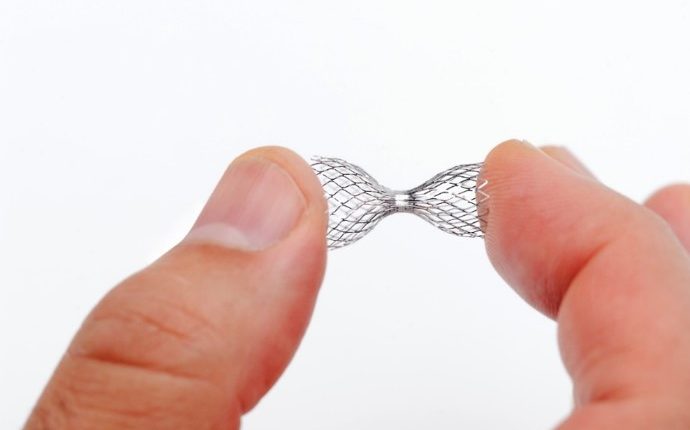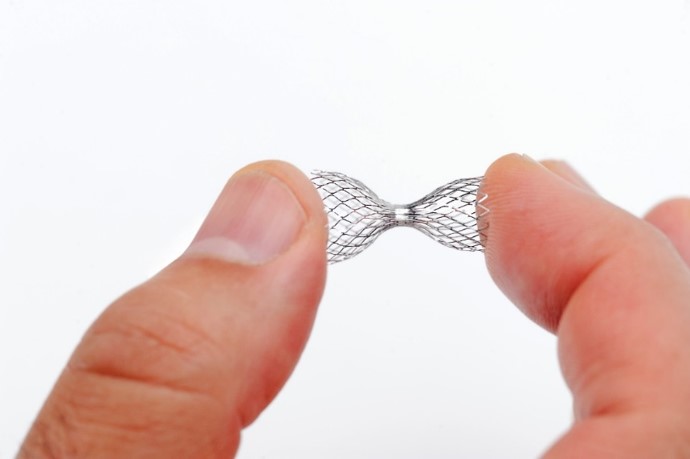- Neovasc (NVCN) Comments on new ICD-10-CM diagnosis codes for Refractory Angina
- Tim Henry, M.D., Medical Director, added that the creation of new codes for refractory angina is an important step for patients and clinicians
- In total, nine new refractory angina codes were created
- The new codes will help medical professionals identify and accurately diagnose patients with refractory angina
- Due to the pain and seriousness of refractory angina, patients have a high incidence of hospitalization and resource use
- Neovasc (NVCN) is up over 1.18 per cent, trading at C$8.58 at 10:57 am EST
Neovasc (NVCN) commented on the Centers for Medicare and Medicaid Services’ development of new codes for the diagnosis and tracking of refractory angina.
The new codes will be utilized in the current 10 revisions of the International Statistical Classification of Diseases and Related Health Problems Clinical Modification.
The latest update was published in the ICD-10-CM Tabular List of Diseases and Injuries 2023 Addenda and will be available at the beginning of October.
“The creation of new codes for refractory angina is an important step for patients and clinicians. Historically, there has been no way to differentiate patients with this form of chronic stable chest pain,” said Tim Henry, M.D., Medical Director, The Carl and Edyth Lindner Center for Research and Education, Christ Hospital, Cincinnati, and immediate past president of the Society for Cardiovascular Angiography & Interventions.
In total, nine new refractory angina codes were created.
The primary new code, I20.2 Refractory Angina Pectoris, was supplemented with eight new codes describing refractory angina.
The new codes will help medical professionals identify and accurately diagnose patients with refractory angina.
Due severity of refractory angina, patients have a high incidence of hospitalization and resource use.
“Moving forward, we now have a mechanism to define and measure the treatment costs and resulting outcomes of these patients,” added Dr. Henry serves as National Co-Principal Investigator in COSIRA-II.
The Reducer is CE-marked in the European Union for the treatment of refractory angina.
When looking into what refractory angina is, it is defined as frequent angina attacks that cannot be treated by medication. Thus, people who experience this tend to be limited in daily activities.
The Reducer is designed to alter blood flow within the myocardium of the heart and increase the perfusion of oxygenated blood to ischemic areas of the heart muscle.
Reducer is investigational in the United States in the COSIRA-II clinical trial.
Neovasc is a specialty medical device company that develops, manufactures, and markets products for the rapidly growing cardiovascular marketplace.
Its products include Reducer for the treatment of refractory angina. The company also developed, Tiara™ for the transcatheter treatment of mitral valve disease, which is currently under clinical investigation in the United States, Canada, Israel, and Europe.
Neovasc (NVCN) is up over 1.18 per cent, trading at C$8.58 at 10:57 am EST.





